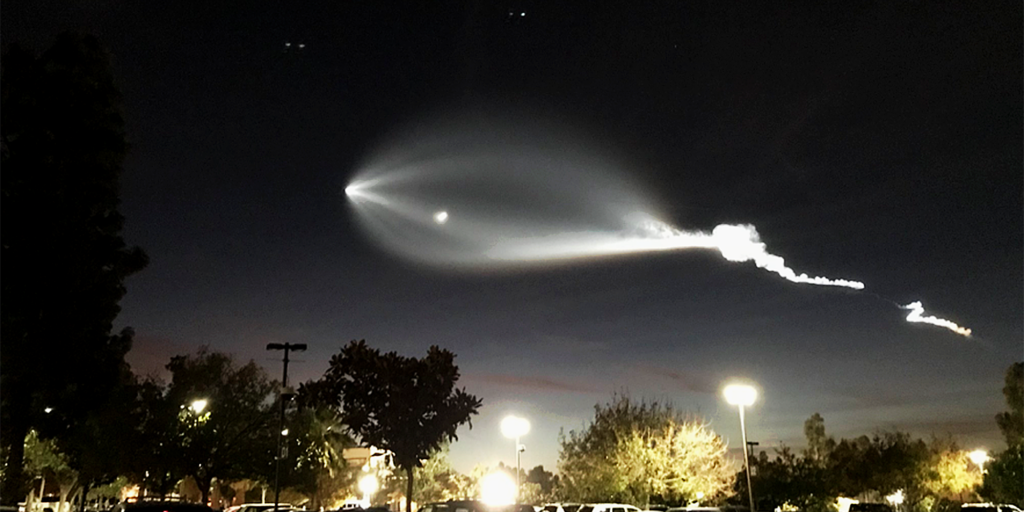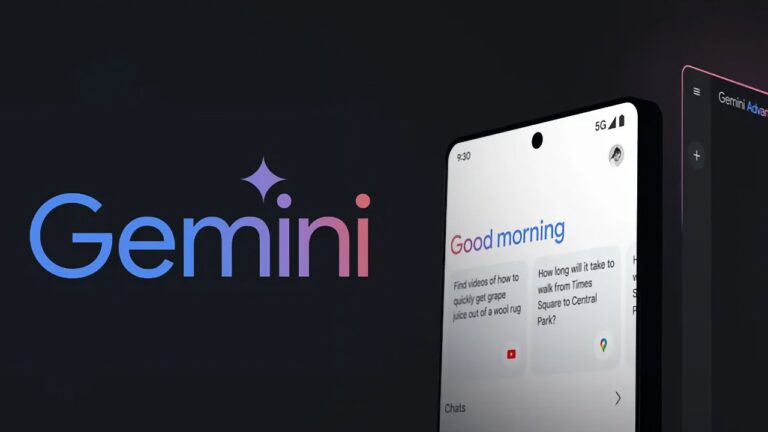
Audience
- Sentiment: Positive
- Political Group: Moderate/Progressive
- Age Group: Young adults and children
- Gender: All genders
Overview
- The Falcon 9 rocket launch on September 28, 2023, captivated Californians and sparked widespread excitement about space and technology.
- The event highlighted SpaceX’s efforts to make space travel more affordable and accessible, exemplified by the reuse of the Falcon 9 rocket.
- The launch of 23 Starlink satellites aimed to improve internet access in underserved areas globally, inspiring curiosity and interest in STEM among young audiences.
A Launch to Remember: The Falcon 9 Rocket and Its Stellar Show in the California Sky
Just the other day, something amazing happened in the skies over California that had people looking up and saying “wow!” On September 28, 2023, a SpaceX Falcon 9 rocket lifted off from the Vandenberg Space Force Base, located on the Pacific coast south of Santa Barbara. The rocket launched at exactly 6:09 p.m. and did something super cool: it brought 23 Starlink satellites into low-Earth orbit. These satellites are part of a project designed to provide internet service to underserved areas across the globe. But this launch did more than just deploy satellites; it captured the attention of people all across California, even reaching those in Northern California who were several hundred miles away!
A Stellar Sight for All
Imagine living your life day by day, when suddenly you look up to see a bright, vibrant rocket soaring through the sky! That’s how many Californians felt when the Falcon 9 took off. People from cities like Sacramento, Stockton, and Vacaville shared photos and videos, showcasing the stunning display. Someone might’ve been merely sitting in their backyard, enjoying the evening, when the bright light in the sky caught their eye. Seeing a rocket take off is like watching a fireworks show, but imagine it being powered by advanced technology and going into space!
The sight was not just any ordinary thing; it was a chance for people to witness something extraordinary happen live. The Falcon 9 rose high above the horizon, leaving behind a trail of shimmering vapor in the air. For many, it sparked wonder and curiosity about space, science, and technology. All over social media, people expressed their awe, sharing their experiences of briefly witnessing a moment that few get the chance to see firsthand.
It brings to mind the age-old saying, “The sky’s the limit.” For many who witnessed this launch, that saying felt more real than ever. Despite being grounded, they could still feel a connection to the vastness of the universe through that spectacular light show. This event became a highlight of their day, positioning science, technology, and the thrill of space exploration right at their doorstep.
Why SpaceX and Falcon 9?
So why is a rocket launch such a big deal? Well, for starters, SpaceX, the company behind the Falcon 9, is one of the most innovative companies in the world! Founded by Elon Musk in 2002, SpaceX aims to revolutionize space travel and make it more accessible and affordable. The Falcon 9 rocket is a reusable spacecraft, which means it can take off, go into space, and then come back to Earth safely to be used again. This is crucial for reducing the costs of launching supplies and technology into space.
SpaceX has already made history by sending astronauts to the International Space Station and delivering supplies to various space missions. Remember the excitement around the first crewed flight back in May 2020? Well, in many ways, that was just the beginning of how the company is paving the way for a future where humans might live and work in space regularly.
The Importance of Starlink
Now, let’s dive into what those 23 satellites actually do. The satellites that were deployed during the Falcon 9 mission are part of a network called Starlink. You might have heard of Starlink; it’s designed to bring fast internet service to people all around the world, even in remote areas where it’s difficult to lay traditional internet cables. Imagine you live in a small town far away from city centers, where internet service is slow or even nonexistent. Starlink aims to change that.
Each Starlink satellite circles the Earth at a low altitude, beaming internet connectivity down to the ground. As more satellites are launched, coverage improves, allowing more people to connect and share information. This leap in technology has the potential to change the game in education, communication, and even healthcare, helping people in every corner of the globe stay connected.
The Reaction from the Crowd
As the rocket took off and left a brilliant plume trailing behind it, social media erupted with excitement. Someone in Sacramento might have shared a video, and in seconds, it would have been seen by hundreds, even thousands of others! It’s incredible to think about how fast news spreads in our digital age. Pictures of the launch showed bright streaks cutting across the evening sky, often accentuated by comments like “OMG, did you see that?” and “I want to be an astronaut now!”
Many folks took to their smartphones to capture the moment. It was fascinating to see how people who might not typically be interested in space or science suddenly felt inspired. The sudden visibility of the rocket connected communities, as friends and families gathered outside with wide eyes and awe-inspiring questions about what they had just witnessed.
A Wave of Local Excitement
The rocket launch did more than just capture attention, it generated conversation. People began asking questions about how rockets work, what astronauts do, and how satellites function. Schools might even pick up the story for classroom discussions, bringing more knowledge about STEM (Science, Technology, Engineering, and Math) to students.
Young minds could be inspired to consider careers in engineering, astrophysics, or technology. One launch could spark an entire generation’s passion for exploration! Imagine kids in classrooms discussing what they want to be when they grow up, with a space theme on everyone’s minds. Because of that one night, a group of students might decide that they want to work at SpaceX, becoming the scientists or engineers of the future.
Conclusion: A Moment That Inspires
As we reflect on the Falcon 9 rocket launch and its impact on people across California, it’s evident that moments like these can ignite curiosity and passion in ways we never expected. The highlight of a single event can ripple through communities, inspire conversations, and perhaps even change the dreams and aspirations of the young generation.
Space exploration is not just for rocket scientists in labs—it’s for everyone! It prompts us to think big, reach for the stars, and always be curious about what lies beyond our planet. So, the next time you look up at the night sky, remember that every star has a story, and who knows, maybe one day you’ll be part of that story!
As we wrap up this exploration of the Falcon 9’s exciting launch, what did you think of the event? Did you catch a glimpse of the rocket? How do you feel about space exploration? Share your thoughts and experiences in the comments below!






